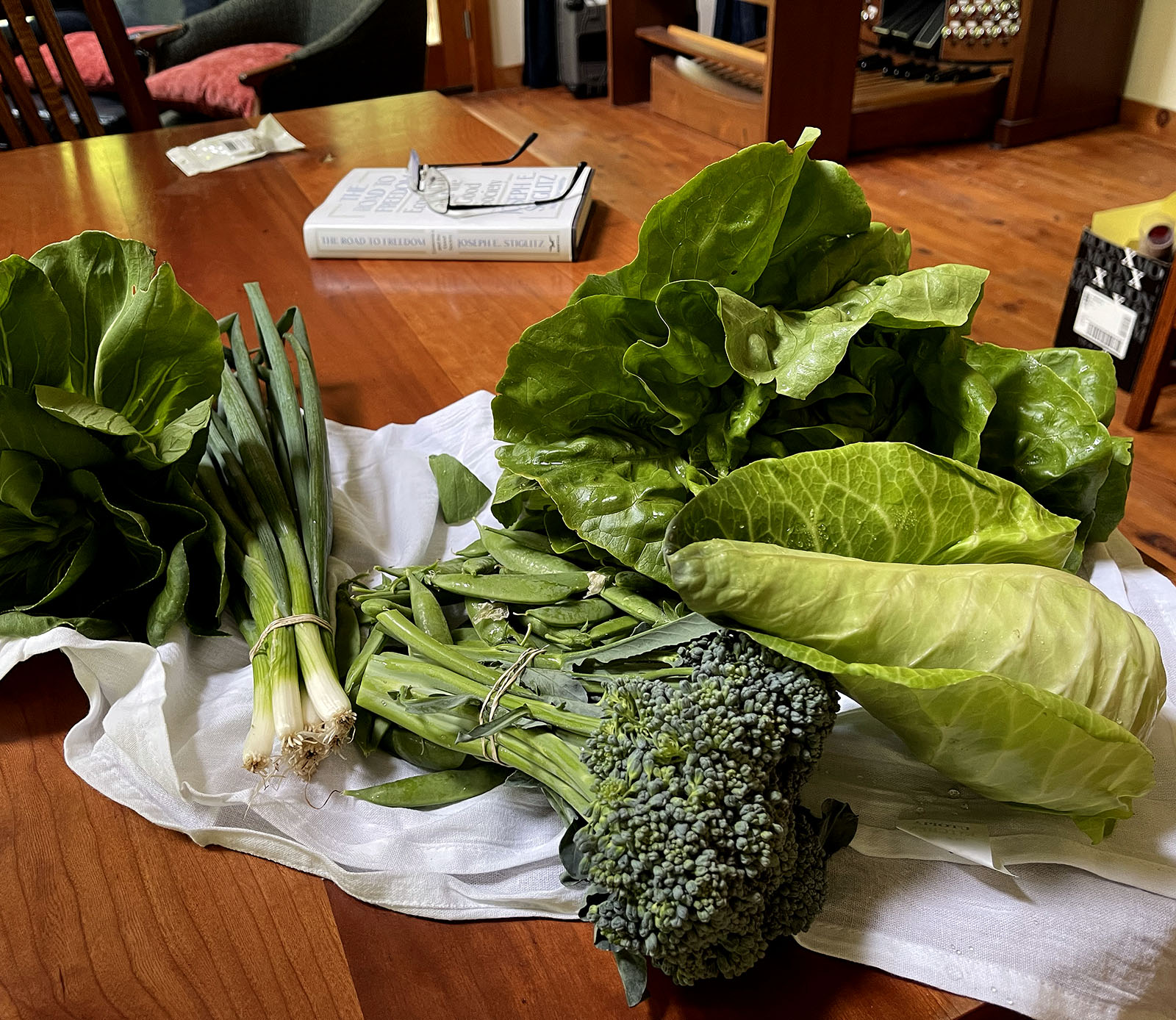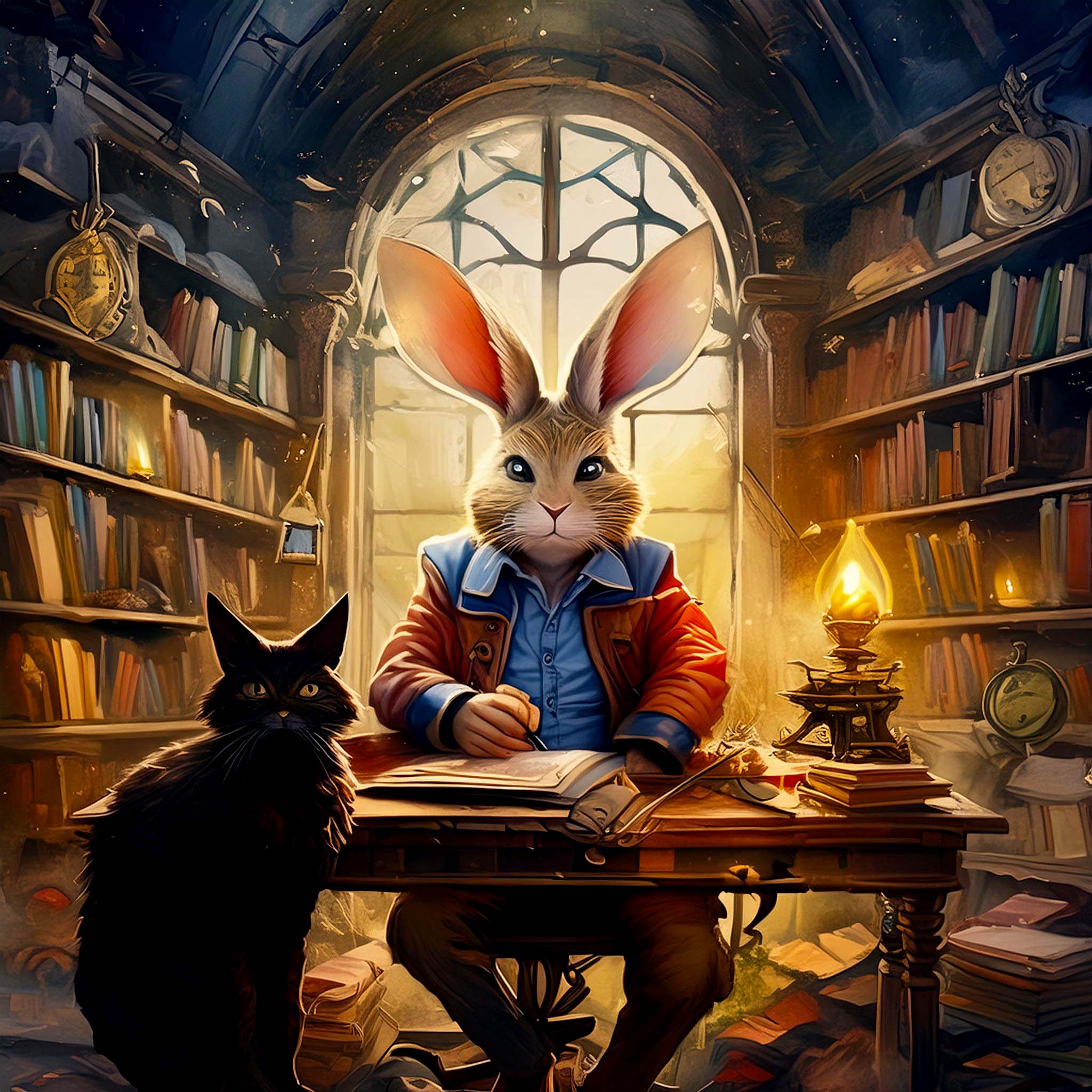
Consciousness and Quantum Mechanics. Edited by Shan Gho. Oxford University Press, 2022. 520 pages.
First, a disclaimer. I am by no means qualified to review a book like this. The book is a mix of theoretical physics and the philosophy of physics. Theoretical physics goes way over my head, though I do think I can glimpse the gist of it. The philosophy of physics, though expressed in dense language, is not as dependent on mathematics and differential equations as theoretical physics. A patient and persistent reader can pretty much make sense of the philosophy of physics.
I read books like this even though I cannot completely understand them. I am more than satisfied to settle for understanding as much of it as I can understand. During the past forty years, there have been many excellent books written by scientists for ordinary people, because those scientists wanted as many people as possible to know where science, particularly physics, is headed. I often refer to Roger Penrose as my favorite physicist. He has written several such books. However, in the last ten years or so, as far as I can tell, there have been fewer such books. Thus, if we’re looking for an update on what has been happening in contemporary physics, we need to listen in on what physicists are saying to each other, and then try to follow that as best we can.
This book is a collection of seventeen papers by different authors. The papers cover the leading theories for understanding “the measurement problem,” which seems to involve conscious observers of how tiny particles behave. I won’t try to define the measurement problem here other than linking to the Wikipedia articles on the measurement problem and Schrödinger’s cat. If physicists can solve the measurement problem, that would resolve some profound questions about just what sort of universe we live in.
The thing is, all the theories pretty much go down a rabbit hole. That is not surprising, because what scientists observe in quantum behavior is so strange (think Schrödinger’s cat). It has been almost 90 years since the Schrödinger’s cat thought experiment was proposed, and we still don’t know what’s going on.
Another disclaimer: Many physicists find the ghostliness of some of the theories repugnant. Not me! The more ghosts the better. I’m rooting for the ghosts.
Here’s an example of the distaste for ghosts, in this book’s chapter written by Michael Silberstein and W.M. Stuckey. They are writing about the mysterious nature of matter at the quantum level:
“Rather, panpsychism only makes matter weirder and seemingly less natural. It’s like learning that there are fairies in the world, but then being told to relax because we have decided they are just brute features of fundamental physics.”
Relax? OK. Some philosophers don’t like fairies. But we still don’t know whether there are fairies lurking in fundamental physics. Whatever Silberstein and Stuckey may think, I find the idea of fairies comforting rather than threatening.
One thing I get from this book is that the leading theories all seem to involve some version of panpsychism, the idea that the universe is conscious on some level. Roger Penrose’s theory, my favorite theory, is a panpsychist theory, though it regards objects such as electrons as “proto conscious” — not really conscious but capable of consciousness if organized into a larger unit and somehow “orchestrated,” which is what Penrose and Stuart Hameroff think happens inside the brain to generate consciousness. Nor is Penrose’s invocation of a Platonic domain without theoretical grounding in quantum mechanics. Before a “wave function” “collapses” because it has been observed or measured, it exists as a wide range of uncertainties that have a wide range of probabilities. After the wave function collapses, it is in, and stays in, a known and fixed state, or “eigenstate.” The theory is that certain possible states, ideal states, are favored by the probabilities — hence Platonic. Or, to say it a little differently, there may be natural probabilities that dispose nature to unfold toward ideal Platonic states. Thus, if there exists a Platonic bias in the structure of the universe, we get beauty of form, and we conscious creatures can perceive and work to realize the ideals of the true and the good, the just and the fair.
Some of the theories described in this book are as repugnant to me as fairies are to some people. One such theory is the “many worlds” theory. Many people take the many-worlds theory seriously, though to me it seems to be a ridiculous way of disposing of the measurement problem.
One theory described in this book is a somewhat modified version of the Penrose-Hameroff theory of “orchestrated objective reduction,” a theory that I have been trying to follow for years. The Penrose-Hameroff theory is mentioned in a number of the chapters, and always with respect. Penrose wrote Chapter 13 of this book, and Stuart Hameroff wrote Chapter 14.
The book makes no such judgment, but I might say that Penrose-Hameroff are out ahead with the most plausible — and, to me — the most attractive theory. It’s also the only theory that takes us into the brain and proposes a testable, falsifiable theory on how consciousness arises in the brain. Thus I don’t feel like I am out on a limb in having Penrose-Hameroff as my favorite theory, only because it appeals to me on aesthetic and intuitive rather than scientific grounds, where I am hardly qualified. I want a Platonic universe that is filled with ghosts (and fairies!), and it is entirely possible that we do live in a Platonic universe that is filled with ghosts and fairies. There would be an actual arc of justice in a Platonic universe, because of physics’ influence on nature and consciousness, disposing nature and consciousness toward Platonic ideals.
But we still don’t know.









